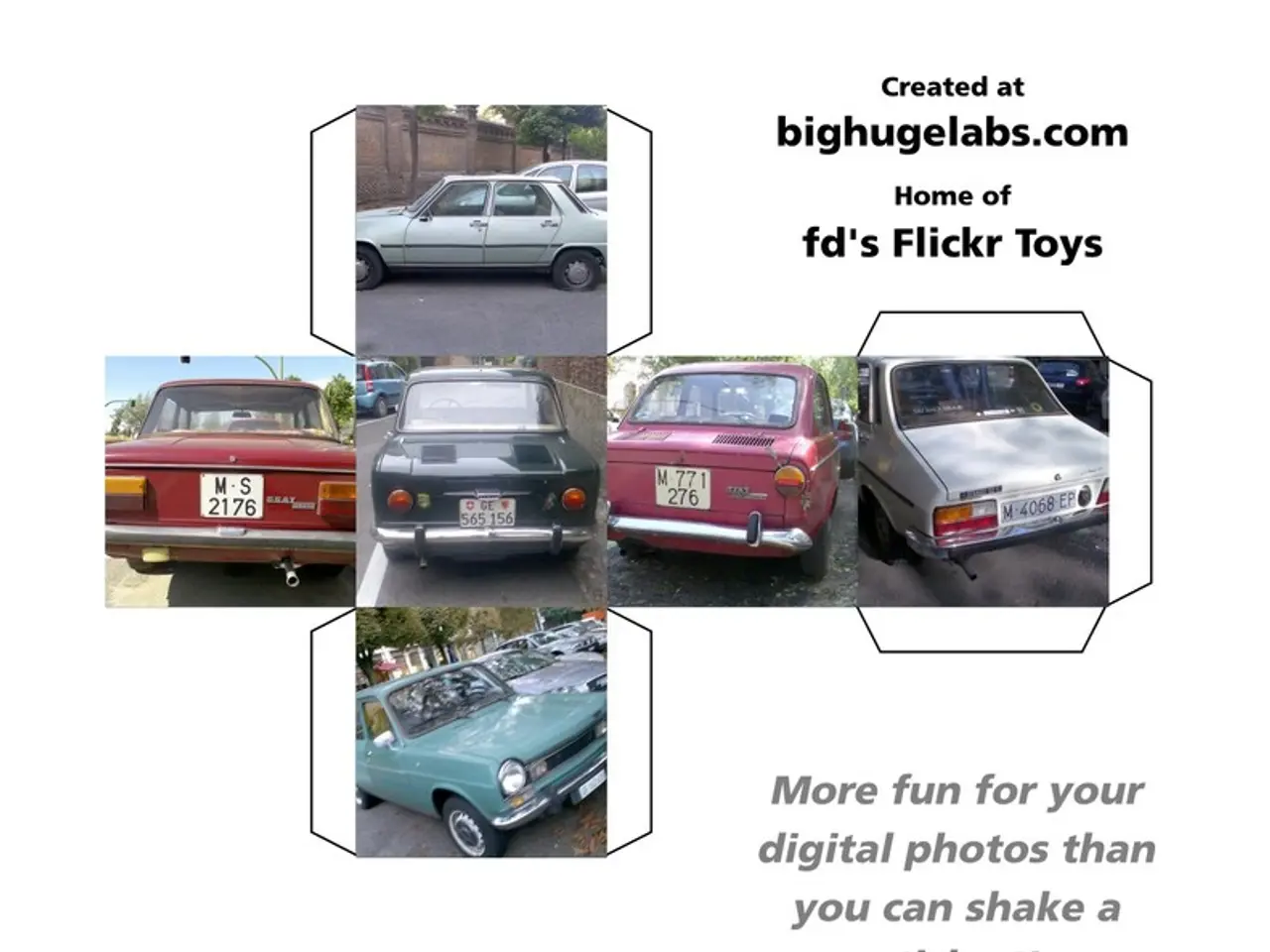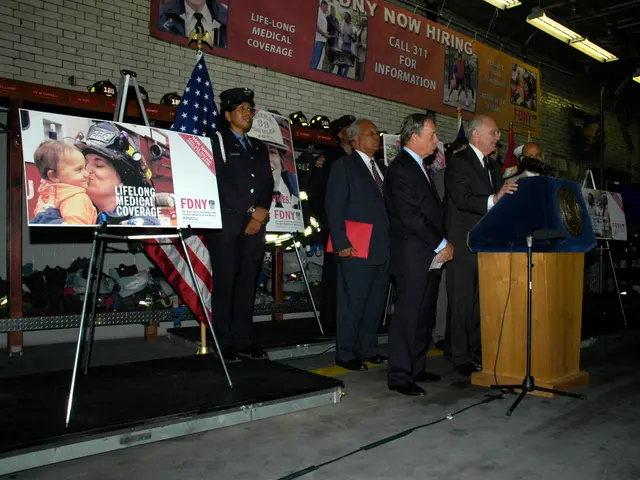Company Cox Adjusts 2025 Sales Projection Modestly Due to Trade Tension Apprehensions
Cox Automotive, a leading provider of automotive services, has revised its U.S. light-vehicle sales forecast for 2025. The new forecast, centred on 15.7 million, represents a slight increase from an earlier projection of 15.6 million in March. However, the forecast is a range, with sales potentially reaching as high as 16.3 million, depending on the impact of tariffs.
The anticipated tariffs on imported vehicles and auto parts are expected to reduce U.S. light-vehicle sales in 2025 and significantly increase average transaction prices. The average cost increase per vehicle could be around $6,250, with price hikes especially high for imports and luxury models, where increases might reach up to $20,000. Even American-assembled cars could see price rises between $2,500 and $5,000 due to tariffs on parts.
These tariffs have already forced automakers like Stellantis and General Motors to forecast several billion dollars in costs and profit hits for 2025. For example, Stellantis expects $1.4 billion in tariff costs in the second half of 2025 alone, and GM estimates a $4-5 billion impact in 2025.
Automakers are responding by trying to reduce import dependency and build more U.S. manufacturing capacity. However, the "worst is still to come" as tariffs remain elevated and complex, despite partial tariff reductions on some imports.
The consumer market shows shifts too, with about 19.2% of buyers moving toward smaller or cheaper vehicles due to price increases, and over 42% saying tariffs have made them less likely to purchase a new car at all. Luxury brands like Audi, BMW, Mercedes-Benz, and Porsche, which rely heavily on European imports, are expected to increase prices due to these tariffs, further affecting overall transaction prices and possibly dampening demand in premium segments.
Cox Automotive's sales forecast for 2025 is based on a sales spike in March and April, known as a beat-the-tariffs sales rush. The sales pace in May fell dramatically to 15.6 million, and June is expected to continue this downward trend, falling to 15.3 million, the slowest pace in 10 months.
Despite these challenges, the pent-up demand for vehicles due to pandemic-related shutdowns and extended supply-chain problems is expected to prevent the retail market from collapsing. Used-vehicle prices at dealer-only wholesale auctions remain high by pre-pandemic standards, even if values are down compared to a peak in 2022.
In summary, the impact of tariffs on imported autos and auto parts is expected to be felt in earnest in the second half of 2025. The "baseline" forecast of 15.7 million is Cox Automotive's most-likely scenario for 2025. Consumers today are more price- and payment-sensitive than they were in 2020 and 2021. The exact increase in average transaction prices due to tariffs is still to be determined.
- The increased tariffs on imported vehicles and auto parts are causing a significant shift in the automotive industry, leading to an anticipated average cost increase per vehicle of approximately $6,250.
- The aerospace sector, particularly luxury brands like Audi, BMW, Mercedes-Benz, and Porsche, which rely heavily on European imports, are expected to increase prices due to these tariffs, further affecting overall transaction prices and potentially dampening demand in premium segments within the transportation industry.
- In an effort to reduce import dependency and mitigate the impact of tariffs, automakers are focusing on building more U.S. manufacturing capacity and increasing their production of domestic vehicles, thus shaping the future landscape of the vehicle production sector.








